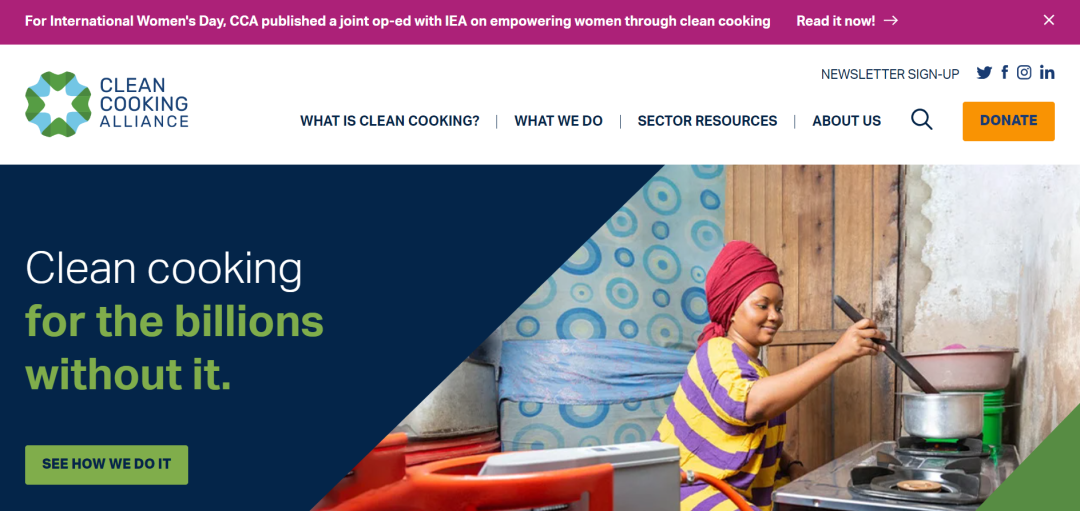Disclaimer:
Please be aware that the content herein is comprised of personal reflections, observations, and insights from our contributors. It is not necessarily exhaustive or authoritative, but rather reflects individual perspectives. While we aim for accuracy, we cannot guarantee the completeness or up-to-date nature of the content.
Images
Type of the Solution
Technology & Management Approach (improved stoves), Infrastructure & Distribution (fuel access)
Affected Sector
Health
Description of the solution
This solution promotes the transition from traditional cooking stoves (often burning biomass like firewood or charcoal) to improved cooking stoves and cleaner fuels. Improved cooking stoves offer several benefits: Increased efficiency, reducing fuel consumption and associated emissions; Reduced smoke and harmful pollutants released during cooking, improving indoor air quality and health; and Potential for using cleaner burning fuels like biogas or ethanol.
Effective programs often combine stove distribution with: Fuel availability: Ensuring access to cleaner fuels for the new stoves; Education and behavior change: Encouraging proper use and maintenance of the new stoves; and Financing mechanisms: Making improved stoves affordable for low-income households.
Socio-economic effects
Improved health outcomes from reduced indoor air pollution
Reduced fuel consumption and associated costs
Potential for job creation in stove production and fuel distribution
Empowerment of women who are often primarily responsible for cooking
Type of Measure
1. active measures (direct measures for reduction of air pollution)
Type of sub-measure
5. (none)
Who led the solution
Other
Timescale of implementation
Long-term (5 and above)
Other Notes
partnerships. Multi-Stakeholder Approach (NGOs, Governments, Private Sector, Communities) lead the solution. Primarily targeting developing countries with large populations relying on traditional cooking methods. The affected sectors are: Energy, Health, Environment.
The effectiveness of cooking stove replacement programs depends on a holistic approach that addresses stove quality, fuel availability, user education, and affordability. Successful programs consider the specific needs and contexts of the target communities.
https://unfccc.int/files/secretariat/momentum_for_change/application/pdf/6_clean_cookstoves.pdf
https://cleancooking.org/mission-impact/
https://unfccc.int/news/global-alliance-for-clean-cookstoves
https://[REDACTED_PHONE].state.gov/s/partnerships/cleancookstoves/
https://mmeipa.africa-eu-energy-partnership.org/global-alliance-clean-cookstoves-clean-cooking-alliance
https://climateinitiativesplatform.org/index.php/Global_Alliance_for_Clean_Cookstoves
https://[REDACTED_PHONE].state.gov/s/partnerships/cleancookstoves/
Links to the solution
 Consent to share form or official link.
Consent to share form or official link.

 3Good health and well-being
3Good health and well-being 7Affordable and clean energy
7Affordable and clean energy 13Climate action
13Climate action
Comments
Log in to add a comment or reply.